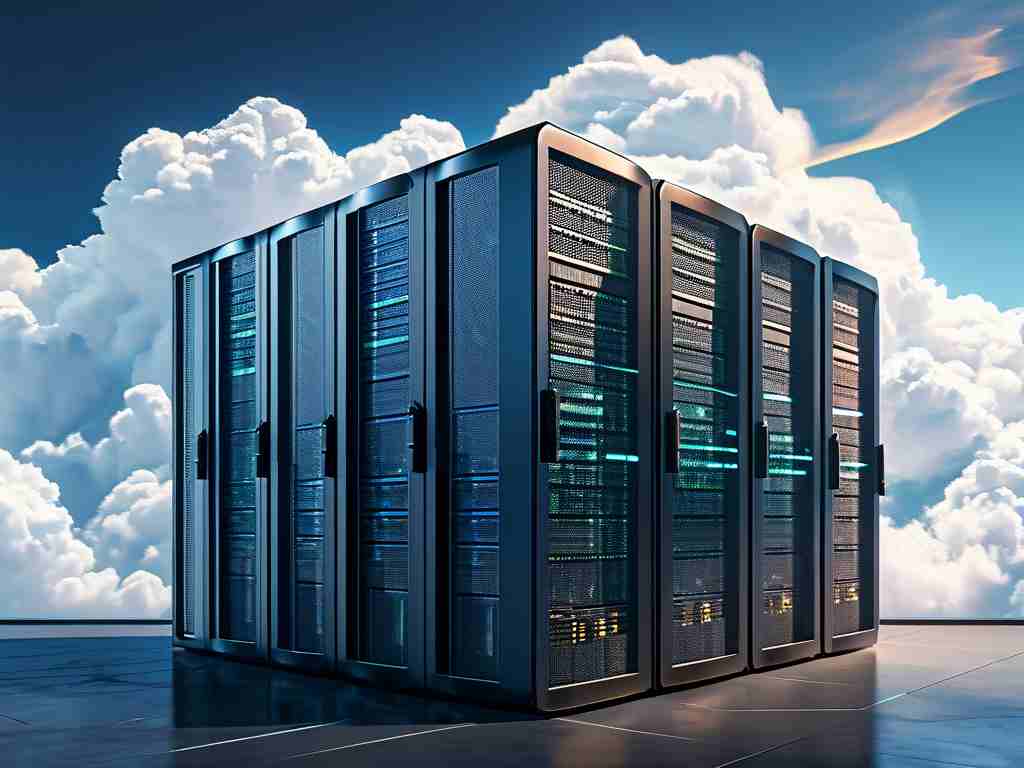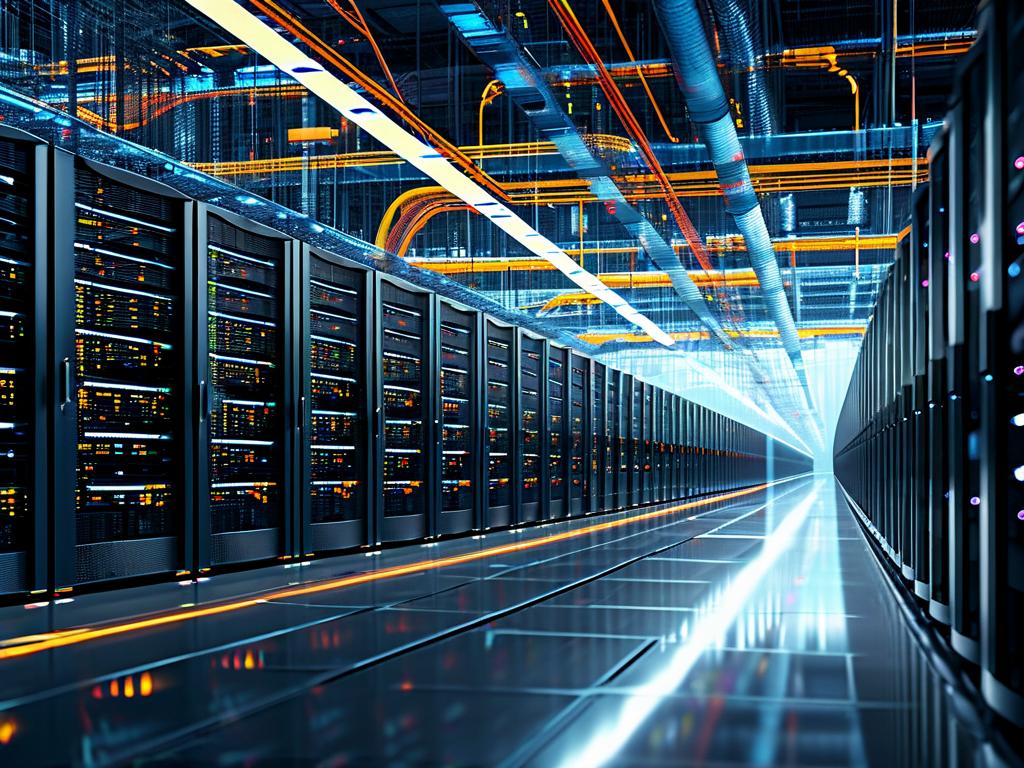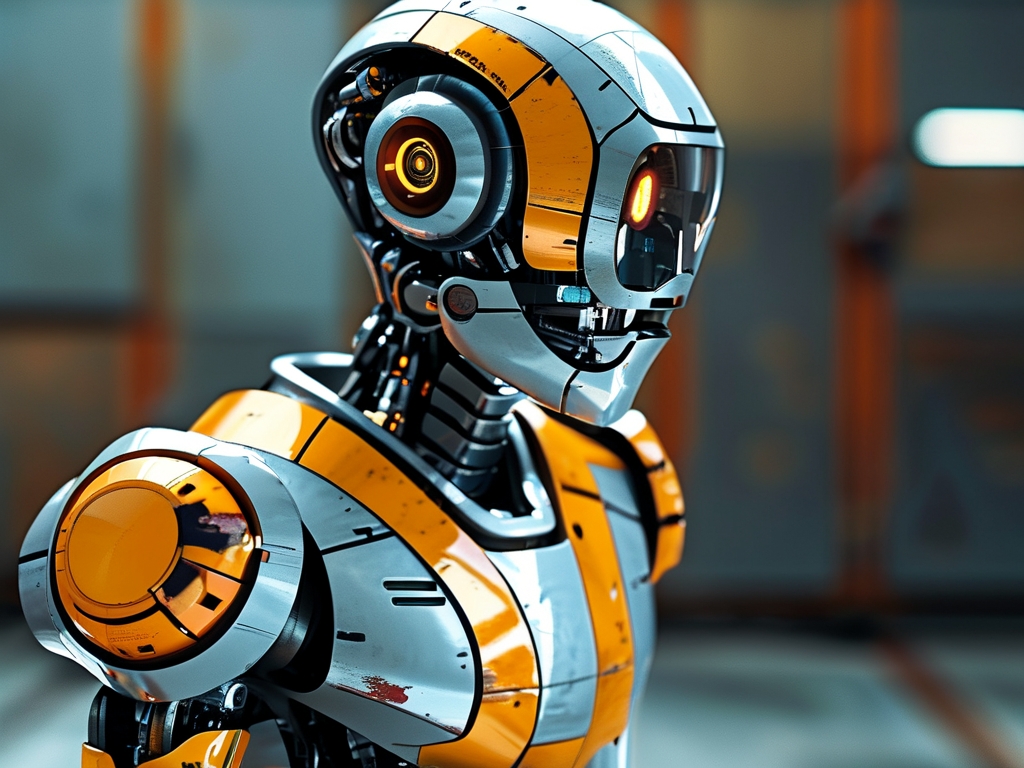The evolution of computing architectures has entered a transformative phase with the emergence of cloud-edge-device collaborative frameworks. This distributed approach redefines how computational workloads are managed across interconnected systems, blending centralized cloud power with localized edge processing and endpoint device capabilities. Let’s explore how this tripartite synergy addresses modern computational demands while overcoming traditional limitations.

Architectural Foundations
At its core, the cloud-edge-device distributed computing model establishes a hierarchical structure. Cloud data centers handle resource-intensive tasks like deep learning model training and big data analytics, leveraging virtually unlimited storage and processing power. Edge nodes, strategically positioned closer to data sources, manage latency-sensitive operations such as real-time video analysis and industrial sensor data processing. Endpoint devices, including IoT sensors and mobile equipment, execute lightweight tasks like preliminary data filtering and immediate response triggers.
This three-tiered system operates through dynamic resource orchestration. Consider a smart factory scenario: robotic arms (devices) perform quality checks using on-device machine vision, while edge servers aggregate production metrics across assembly lines, and the cloud correlates this data with global supply chain patterns. Such coordination is enabled by adaptive workload schedulers that automatically route tasks based on latency requirements, energy constraints, and data sensitivity.
Performance Optimization Mechanisms
Latency reduction stands as a primary advantage. By processing time-critical tasks at the edge – such as autonomous vehicle collision avoidance systems reacting within 3 milliseconds – the architecture eliminates round-trip delays to distant cloud servers. Bandwidth efficiency improves simultaneously, as edge nodes preprocess video streams from security cameras, transmitting only metadata alerts to the cloud instead of raw 4K footage.
Energy consumption patterns shift dramatically under this model. Smart agriculture deployments demonstrate this effectively: soil sensors (devices) operate on ultra-low-power chips, edge gateways process microclimate data using energy-efficient ARM processors, while cloud resources remain dormant until needed for seasonal yield predictions. This tiered energy allocation can reduce overall system power consumption by 40-60% compared to pure cloud-dependent setups.
Security Enhancements
Data sovereignty receives a boost through localized processing. Healthcare applications exemplify this benefit – patient vitals collected by wearable devices are anonymized at edge nodes before cloud transmission, maintaining compliance with regional privacy regulations like GDPR. Encryption protocols adapt to each layer: lightweight AES-128 for device-to-edge communication, and quantum-resistant algorithms for cloud-bound data.
Implementation Challenges
Despite its advantages, the architecture introduces new complexities. Heterogeneous hardware coordination requires standardized interfaces. A partial solution emerges through platforms like Kubernetes Edge, which extends container orchestration to edge environments. Cross-layer synchronization remains tricky – developers must implement conflict resolution mechanisms for scenarios where edge nodes process data while cloud-based historical analysis updates occur simultaneously.
Code snippet illustrating a basic task distribution logic:
def assign_task(task):
if task.latency < 50:
return edge_layer.execute(task)
elif task.data_size > 1e9:
return cloud_layer.process(task)
else:
return device_layer.handle(task)
Future Development Trajectory
The integration of 5G network slicing will enable more granular quality-of-service controls, allowing mission-critical applications to reserve dedicated edge-cloud channels. Emerging neuromorphic chips promise to enhance endpoint device capabilities, potentially enabling complex pattern recognition directly on sensors. Simultaneously, federated learning frameworks are evolving to support asynchronous model training across cloud, edge, and devices while preserving data privacy.
Industry adoption patterns reveal interesting trends. Manufacturing leads in implementation (38% adoption rate according to IEEE 2023 data), followed by smart cities (29%) and healthcare (17%). Cross-industry platforms are emerging too – a logistics company now shares edge computing resources with municipal traffic systems during off-peak hours through blockchain-secured resource marketplaces.
The cloud-edge-device trinity represents more than just technical evolution – it signifies a paradigm shift in computational philosophy. By harmonizing centralized intelligence with distributed responsiveness, this architecture forms the backbone for next-generation applications ranging from metaverse infrastructures to planetary-scale environmental monitoring systems. As standardization efforts progress and AI-driven automation permeates all layers, this distributed computing model will increasingly become the default approach for building intelligent, responsive digital ecosystems.





